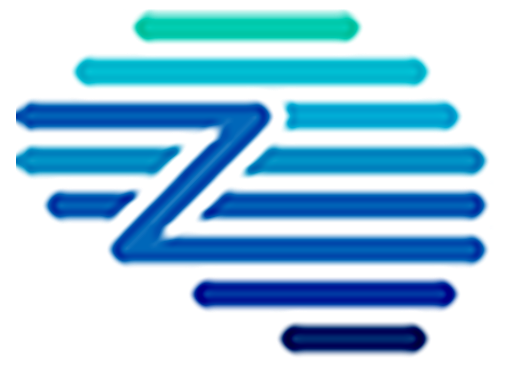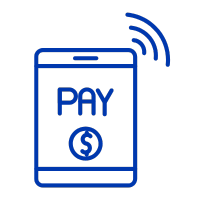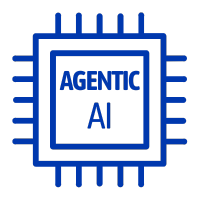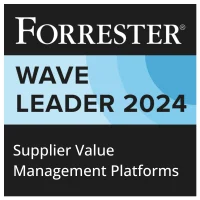Procure-to-Pay (P2P), also known as Purchase-to-Pay, is an integrated system that connects the procurement and accounts payable processes. It begins with the requisitioning of goods or services and ends with the payment for these received goods or services. The P2P process streamlines purchasing activities, enhances compliance, improves procurement efficiency, and ensures timely payments by automating and integrating various transactional and financial workflows.
Key Benefits
– Enhanced Efficiency: P2P systems significantly reduce manual processing time and errors, leading to a more streamlined and faster procurement cycle.
– Cost Savings: Through automation and improved compliance, organizations achieve savings by minimizing maverick spend, avoiding duplicate payments, and adhering to optimal pricing and contracts.
– Improved Compliance: Automated policy checks and balances ensure procurement activities align with organizational standards and regulatory requirements, reducing the risk of non-compliance.
– Better Spend Visibility: Integration of procurement processes in P2P systems enhances spend visibility, which leads to more informed decision-making, better negotiations, and strategic procurement planning.
– Strategic Supplier Relationships: With automation handling routine tasks, procurement teams can focus on building strategic partnerships with suppliers, enhancing supplier performance and fostering innovation.
Related Terms
– Enhanced Efficiency: P2P systems significantly reduce manual processing time and errors, leading to a more streamlined and faster procurement cycle.
– Cost Savings: Through automation and improved compliance, organizations achieve savings by minimizing maverick spend, avoiding duplicate payments, and adhering to optimal pricing and contracts.
– Improved Compliance: Automated policy checks and balances ensure procurement activities align with organizational standards and regulatory requirements, reducing the risk of non-compliance.
– Better Spend Visibility: Integration of procurement processes in P2P systems enhances spend visibility, which leads to more informed decision-making, better negotiations, and strategic procurement planning.
– Strategic Supplier Relationships: With automation handling routine tasks, procurement teams can focus on building strategic partnerships with suppliers, enhancing supplier performance and fostering innovation.
References
For further insights into these processes, explore Zycus’ dedicated resources related to P2P Procure To Pay Or Purchase To Pay:
- 5 Prominent Cognitive Technologies to Look Out For in the Future
- What’s your Procurement Agenda? Asia Edition PART 1
- Savings Target Management – An essential guide for procurement savings
- Composable Procurement: Adapt Faster, Build Quickly, Drive Value
- Insta-Review Bot: The Ultimate AI Customer Feedback Tool
White Papers
Master the UK Procurement Act 2023: Ensure Compliance & Drive Procurement Excellence

Filter by
Compliant Invoicing
Compliant Invoicing refers to the process of generating, submitting, and managing invoices in adherence with legal, regulatory, and contractual requirements.
Continuity Plan
A Continuity Plan is an organized set of policies and procedures designed to ensure that a company’s essential operations can
Cost Modeling
Cost Modeling in procurement refers to the analysis and estimation of the total cost of ownership of a product or
Contract Audit
Contract Audit is a systematic evaluation of agreements and related documentation to ensure compliance with contractual terms, identify discrepancies, and
Procurement Cycle
The Procurement Cycle refers to the end-to-end process through which an organization identifies its needs, sources suppliers, negotiates contracts, places
Procurement Master Data Management
Procurement Master Data Management is the disciplined approach to managing core, consistent procurement information, including supplier, product, and contract data,






















































